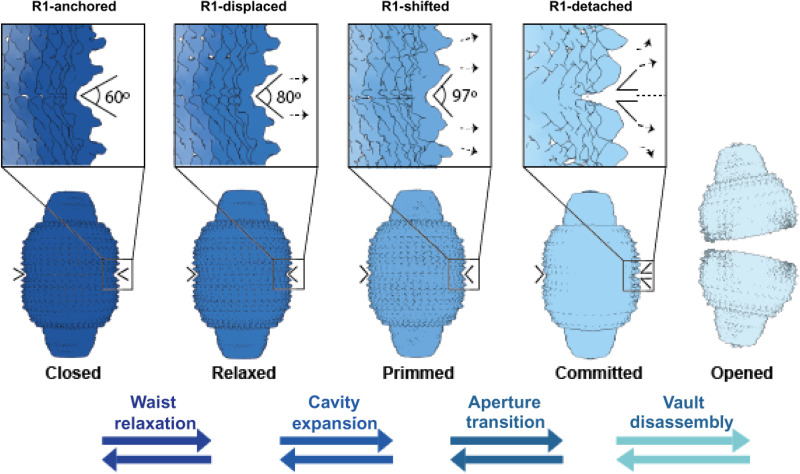Fig. 4. Hypothetical model for the stepwise process of vault aperture.
Transitioning from a closed to an opened state is a critical process in the functional cycle of vault particles. Fully assembled, functionally committed to cargo delivery vaults exhibit a symmetrical configuration with all MVP R1 domains, from top and bottom half vaults, fully engaged in reciprocal interactions (left, closed). The tight set of reciprocal interactions via R1 domains restricts the flexibility of MVPs, rigidifying the waist cavity and allowing a stable inner compartment needed for cargo delivery. The opening process commences with a waist relaxation, caused by local displacement of R1 domains of specific MVPs, yielding a localized distortion that increases the angle between the R1 domains involved to around 80° (“Relaxed”). Local distortions of R1 domain interactions are progressively increased, primming the vault towards opening (“Primmed”). When the angle between these R1 domains exceeds 97° (“Committed”), the localized distortion can be easily transmitted beyond the area where it started, generating a “gap” between R1 domains that will eventually trigger full separation of the two half vaults (“Opened”). Reversible arrows indicate the likely interconversion of these conformational states as demonstrated by their coexistence in solution.

